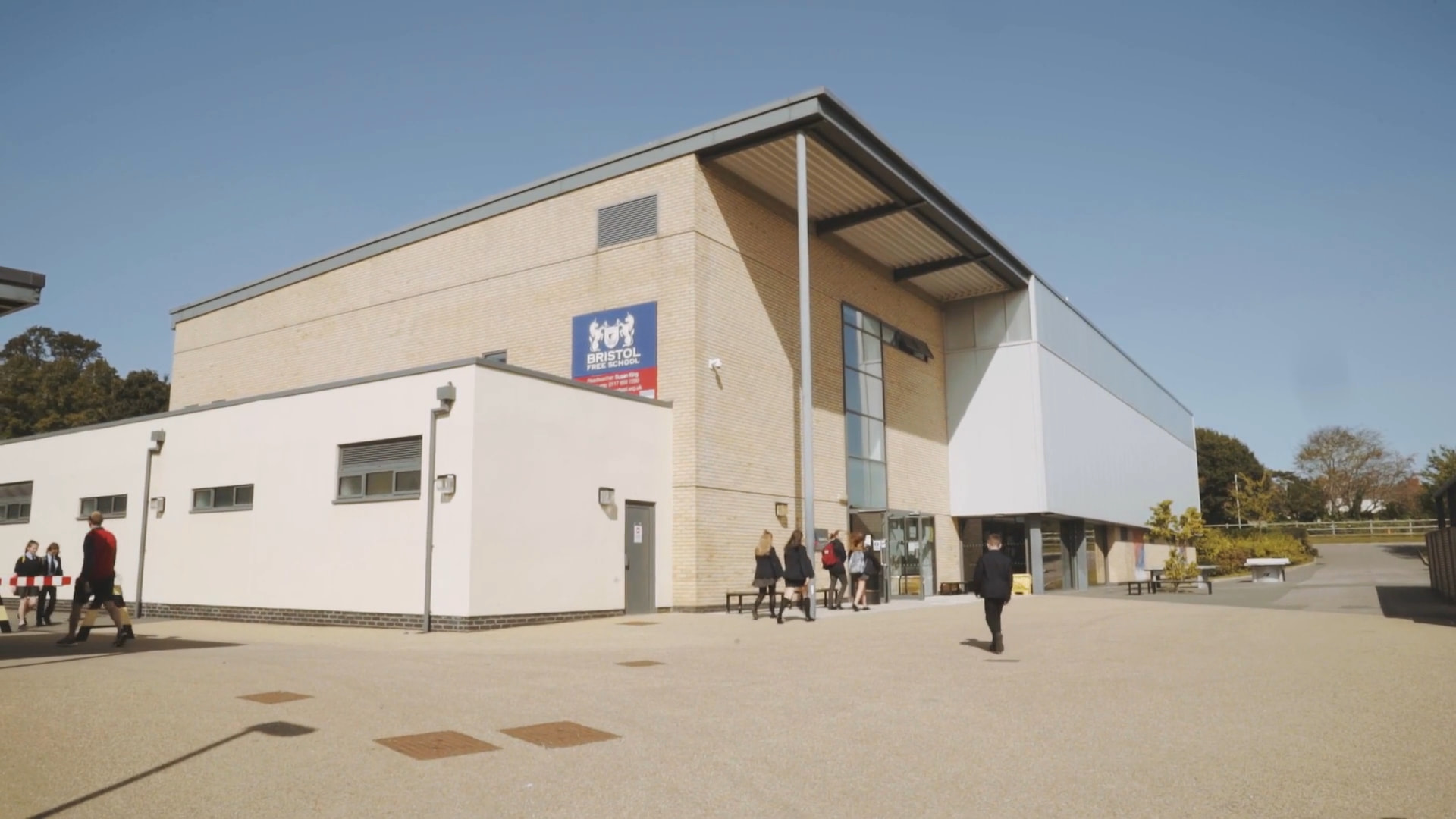
1.1Scarcity, choice and potential conflicts:
Students are introduced to the basic economic problem and to the way in which different economic agents have different and conflicting objectives.
Topics Covered:
-The economic problem
- Business objectives
-Stakeholders
(economic agents)
and their objectives
1.2 Enterprise, business and the economy
Entrepreneurs are key to a dynamic economy and they take decisions in the context of current economic conditions.
Topics Coved:
-Role of an entrepreneur in the economy
-Entrepreneurial motives
- Factors of Production
- Specialisation
- The Wider Economic Environment
After 3 weeks there will be an assessment to review suitability to continue the course. EOU assessment will be carried out at the end of term. The assessments will consist of AS level questions and will initially look to reinforce the development of chains of logic and the use of application and evaluation skills.
1.3 Introducing the market
The understanding of markets is fundamental to economics and helps students to understand what is produced and how it is sold.
Topics Covered:
- Demand
- Supply
- Price Determination
- Price Mechanism
- Understanding the consumer
- The competition
1.4 The role of credit in the economy
Firms may need to borrow for capital investment and working capital but borrowing can be both costly and risky.
Topics Covered:
- Role of banks in the Economy
- Risk and liability
- Types and sources of credit and the impact of credit within the economy
End of unit assessments based on Topic 1.3 and 1.4, these assessments are completed in timed conditions and are based on A-level exam questions, which helps prepare students for their A-Level examinations.
1.5 Market failure and government intervention
Some markets work better than others and governments may try to make markets work more efficiently for the benefit of society.
Topics Covered:
- Market failure and
Externalities
Government Intervention and failure
1.6 Revenue, costs, profits and cash
An efficient allocation of resources requires a way of measuring the costs of using those resources and the revenues generated by their use.
Topics Covered:
-Revenue and costs
-The relationship between revenue and costs.
- Profit and Loss
- Business survival and cash flow
End of unit assessments based on Topic 1.5 and 1.6, these assessments are completed in timed conditions and are based on A-level exam questions, which helps prepare students for their A-Level examinations
2.1 Business growth and competitive advantage
Success in business requires dynamism and flexibility which must include technical excellence, sensitivity to market trends and imaginative thinking.
Topics Covered:
- Growth
- Methods of growth
- Research and Development
- How the digital economy affects markets and firms
- How small firms compete
2.2 Firms, consumers and elasticities of demand
Measuring consumer response to changes in prices and incomes helps firms make price, product and output decisions.
Topics Covered:
- Price Elasticity of Demand
- Competing on Price
- Types of non-price competition
- Income Elasticity of Demand
End of unit assessments based on Topic 2.1 and 2.2, these assessments are completed in timed conditions and are based on A-level exam questions, which helps prepare students for their A-Level examinations
2.3 Productive efficiency
Firms’ success and living standards in the economy depend on increasing productive efficiency.
Topics Covered:
-Productivity
- Capacity Utilisation
- Efficiency and competitiveness using lean production
- Impact on costs and sales revenue
2.4 Life in a global economy
Globalisation has given firms many new opportunities to trade and to contribute to economic development.
Topics Covered
-Globalisation
-Developed, emerging and developing economies
-International trade
-Exchange Rates
End of unit assessments based on Topic 2.3 and 2.4, these assessments are completed in timed conditions and are based on A-level exam questions, which helps prepare students for their A-Level examinations
2.5 The economic cycle
Economic growth rates are constantly changing, creating instability and uncertainty for firms and economic agents.
Topics Covered:
-The economic cycle
-Circular flow of income, expenditure and output
-Inflation
-Employment and unemployment
2.6 Introduction to macroeconomic policy
Economic policies focus on stabilisation and standards of living but controversy and debate may influence the outcome.
Topics Covered:
-Possible macroeconomic objectives
-Policy Instruments
-Potential policy conflicts and trade-offs
End of unit assessments based on Topic 2.5 and 2.6, these assessments are completed in timed conditions and are based on A-level exam questions, which helps prepare students for their A-Level examinations